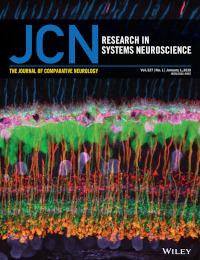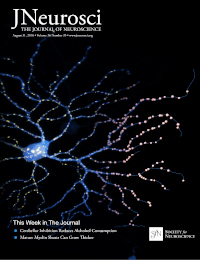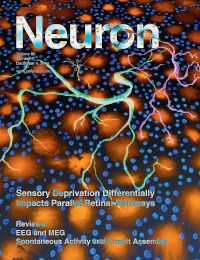About me

I am an experienced neuroscientist and data scientist with particular focus on neurodegenerative diseases, retinal physiology and connectivity. My scientific background is in medicinal chemistry, followed by a PhD in neuroscience and a Postdoctoral training centered on retinal development and neurodegeneration. I am currently an Assistant Professor at the Ophthalmology department of University of California, San Francisco.
In this page you will find more information on my current research interests, scientific publications and open source software I am developing for neuroscience applications. Please feel free to use the software in your laboratory, share this page with others or contact me to start a collaboration.
Scientific Consulting and Collaboration
If your laboratory or company is seeking for collaboration or an expert consultation, please don't hesitate to reach out to me. Some of the expertise that I can offer include:
- Creation of custom machine learning models for data analysis
- Development of full-stack, GUI-based software applications
- Quantitative 3D image analysis and visualization
- Definition of scientific protocols and guidelines
- Electrophysiology recording rig setup and optimization
- Microscopy & imaging station setup and optimization
- Creation of data analysis pipelines and data center hardware optimization
For more information, please download my academic resume or contact me via email.
Software Development
As part of my broader scientific activity, I am developing software for image and electrophysiology data analysis targeted to the neuroscience community. The end goal is to improve our resercher's ability to process large datasets using parallel computing and identify patterns in experimental data with the aid of machine learning.

Here are some of our most useful open source software. In our laboratory, we strongly believe that software developed for data analysis in scientific research must be open source, to ensure the highest level of reproducibility of your science and to remove barriers to tools access.
|
|
ObjectFinderAutomatically quantify objects in large 3D image stacks. Example applications are the automatic detection of synaptic markers in large CNS regions. Perform automatic colocalization analysis, plot data and generate deep-learning models for automatic validation of synapses. |
|
|
ClarinetTime series analysis for electrophysiology data. Analyze your electrophysiology traces using a simple user interface. Clarinet's plugin-interface is ideal for you to write your own custom analysis and plotting, and apply it to each recorded neuron. |
|
|
VolumeCutFree-form cutter for volumetric images. This program allows you to define fiducial points inside a volume and cut along them, generate and manipulate binary masks as well as manipulate and visualize digital skeletons. |
|
|
TrachomaFinderElimination of Trachoma, the major infectious blinding disease worldwide, is a key challenge of our times. This tool uses deep learning to automatically detect early signs of Trachoma in smartphone photos, in hope of helping our physicians and epidemiologists cure this disease once for all. |
Recent scientific publications


